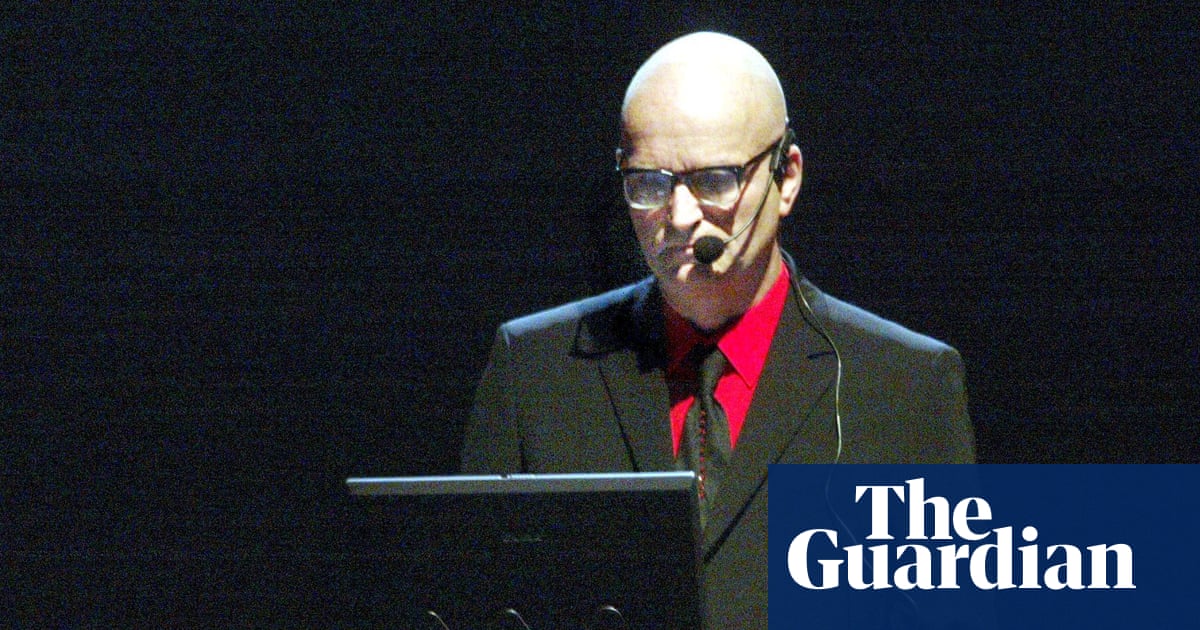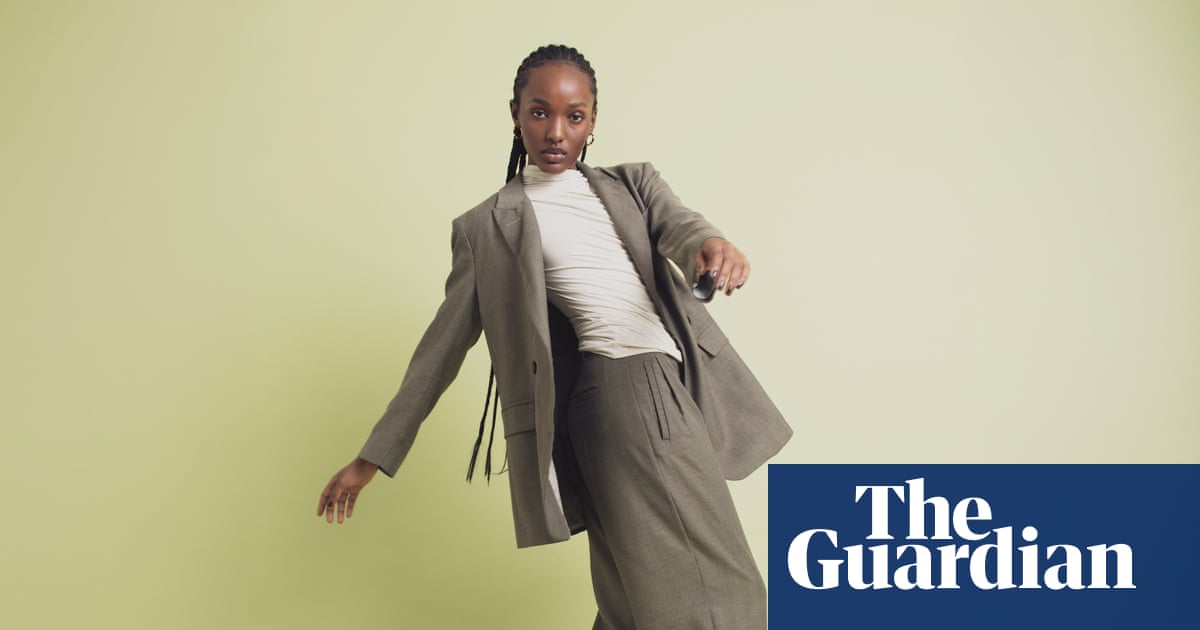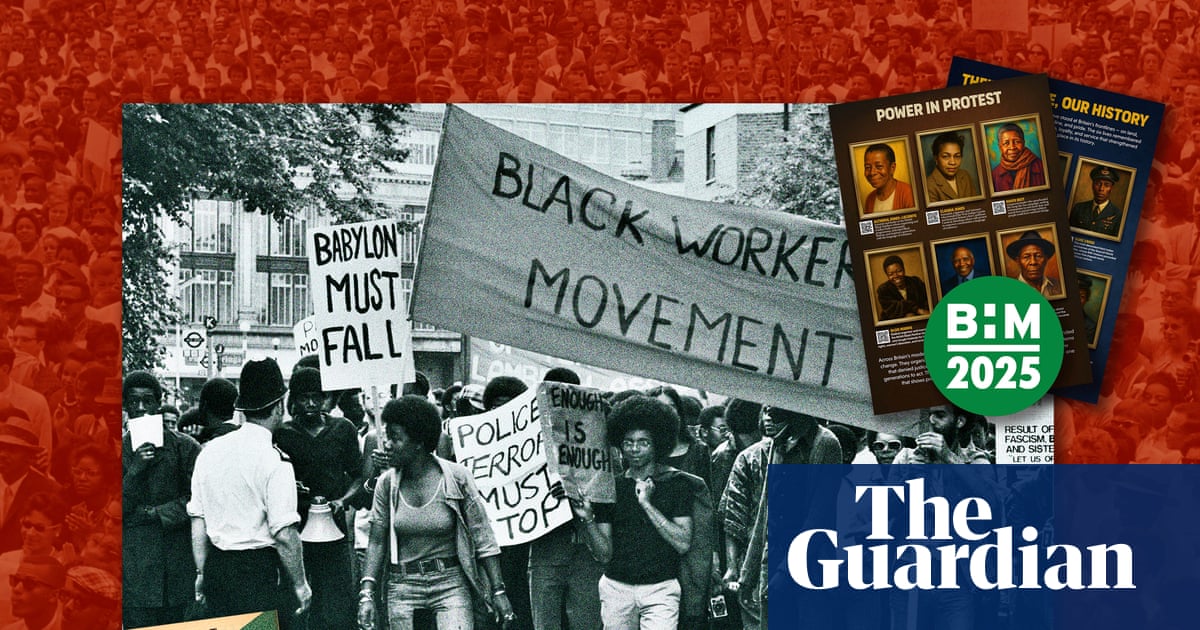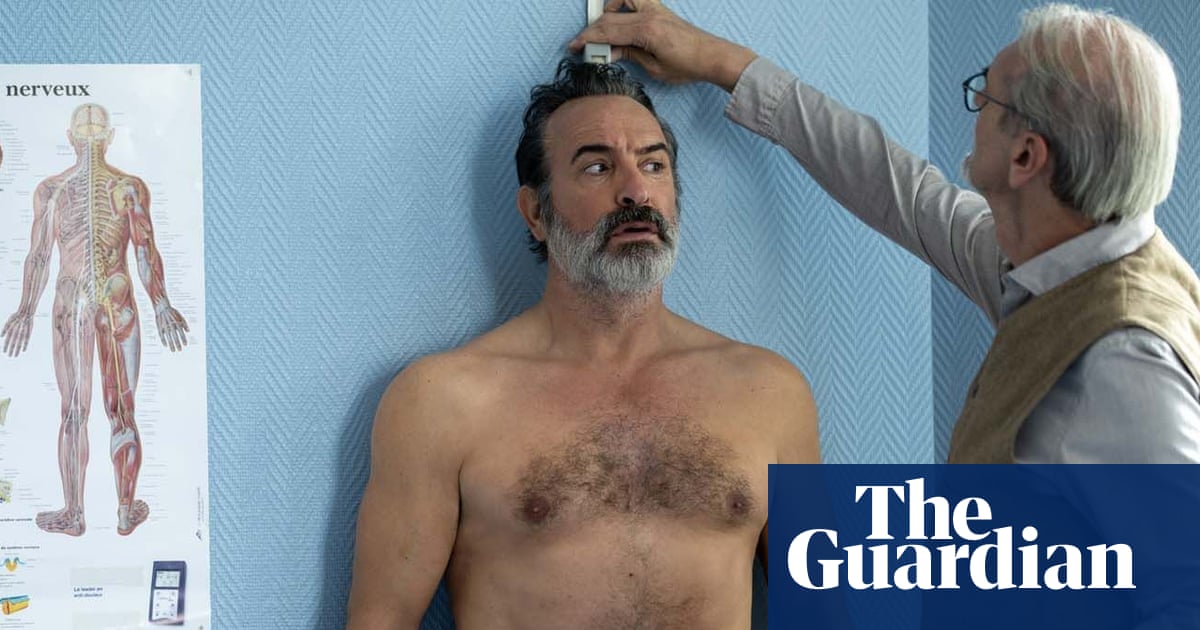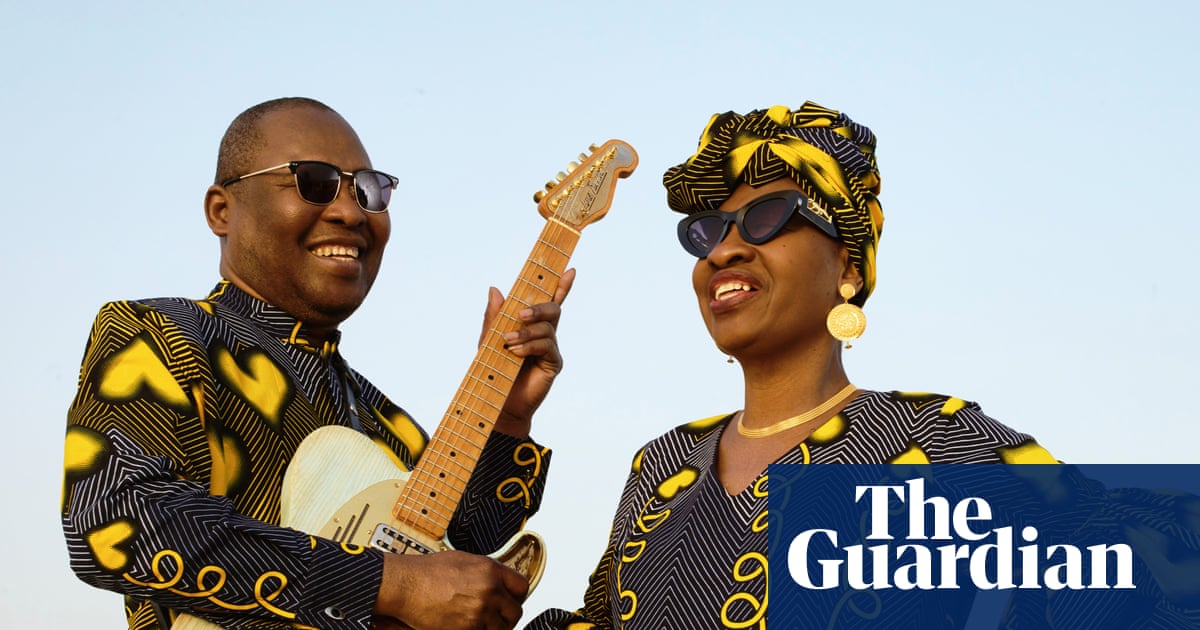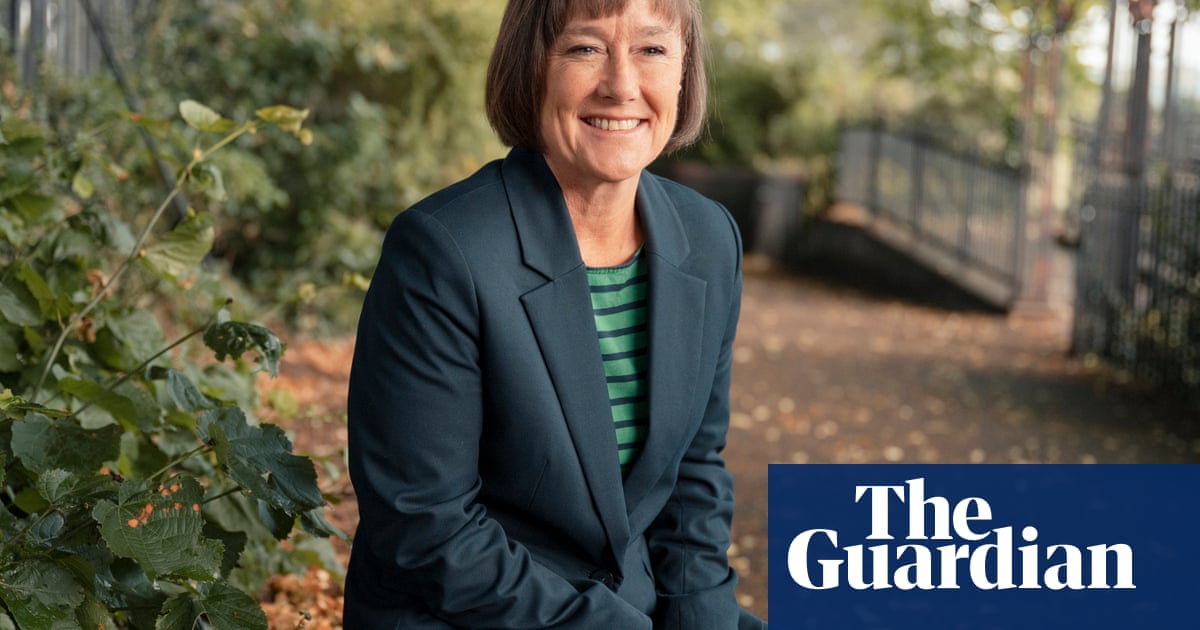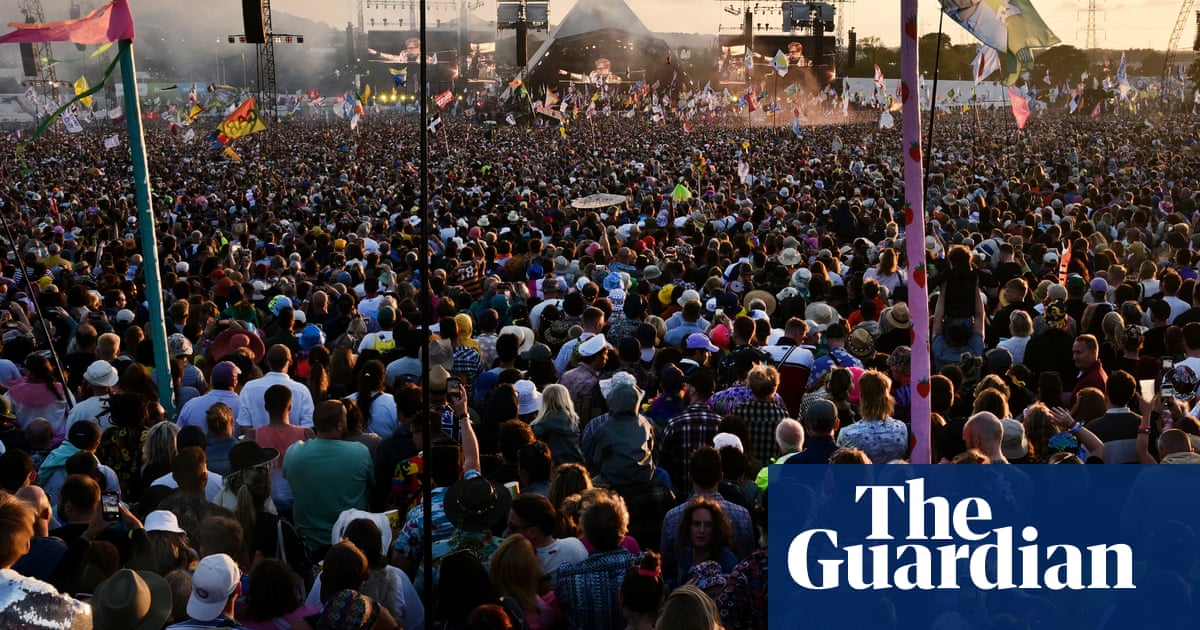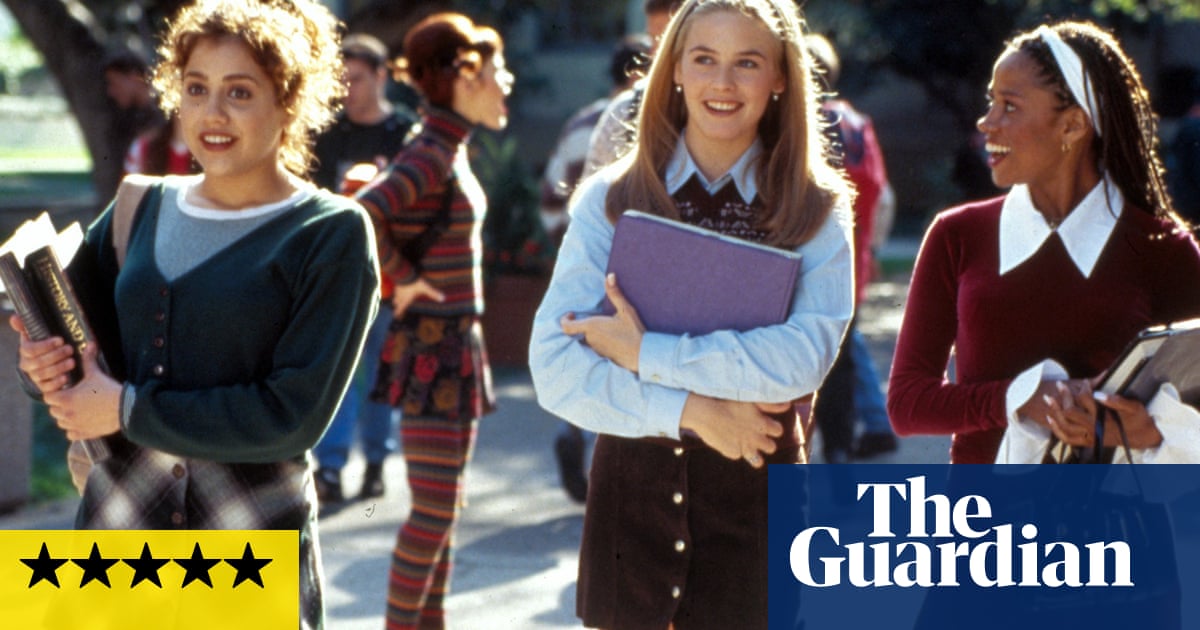There’s a moment in the first episode of Riot Women, the latest drama from the acclaimed writer-director Sally Wainwright, best known for Happy Valley, when a group of menopausal women are debating what songs they should cover in their newly formed menopausal rock band. Joanna Scanlan’s uptight and depressed Beth decides the Rolling Stones’ (I Can’t Get No) Satisfaction – a song released in 1965 – might make a cool pick for this bunch of middle-aged punk rockers who, until now, seem to have heard of only Abba.
“Can you imagine, Satisfaction being sung by women of a certain age? Isn’t that interesting?” beams Beth with surprise, as if women over the age of 40 have suddenly forgotten what it’s like to have an orgasm. “It’s funny because we’re women. It’s poignant, like we’re still up for it.” “Fine, let’s all sing a song that makes us look like a bunch of lesbians,” chimes in Amelia Bullmore’s Yvonne.
If only Wainwright had made these women a “bunch of lesbians” then we might have had a show rooted in some kind of reality rather than another variation on The Full Monty (and not in a good way). Instead of pasty men dancing to Hot Chocolate, we get WOMEN OF A CERTAIN AGE forming a riot grrrl-type punk rock band.
Writers can write about things they don’t know about, of course, but there surely must be a line. Riot Women uses a seminal moment in music history as a minor plot device because Wainwright doesn’t know enough about it to skim past the surface. Instead, she barely references it at all, the closest thing being the use of riot-grrrl adjacent band Hole’s song Violet throughout the show and Kitty (Rosalie Craig) sporting a replica of Courtney Love’s iconic Let it Bleed tattoo down the inside of her arm.
Whereas other Wainwright shows have a core truthfulness that emanates from the TV, Riot Women never reaches anything approaching those kinds of heights because it feels so utterly superficial. The real thing was anything but. The riot grrrl movement began in the early 1990s in the US’s Pacific north-west in cities such as Seattle, Portland and Olympia, and was a feminist punk movement that used DIY zines, music and political activism to fight back against sexism, homophobia, misogyny and racism. It was a scene where girls got to be in the bands and in the front row - at Bikini Kill shows, Kathleen Hanna would urge “all girls to the front”.
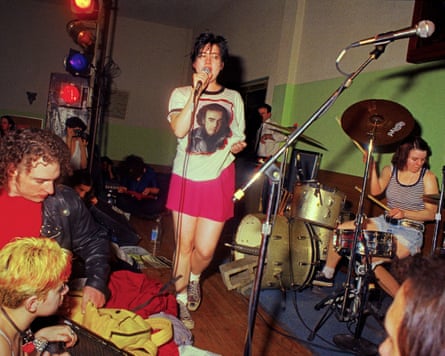
By contrast, the sensibility behind Riot Women, the TV show, feels straight, suburban and staunchly conventional – the very opposite of the music scene it claims to be celebrating. Riot grrrl was created by women who rejected those very tenets. A significant part of that was the scene’s queerness both on stage and in the crowd, and there were queer members of seminal riot grrrl bands such as Bikini Kill, 7 Year Bitch and The Butchies, and in grunge and rock bands emerging at about the same time that were influenced by the sound or politics of the movement, like L7 and Hole.
Lesbians have always been invisible to society, but riot grrrl gave us a voice, and it gave us a place to go, to feel safe. The scene was inclusive, erasing the divide between audience and artist. A generation of young women came of age and came out to this music.
In Riot Women, the music that should be at its core is merely a flimsy framework for a series about middle-aged straight women who are annoyed with the shitty men who’ve left them, the shitty adult sons (and daughters) they’ve raised, and the difficulties of dealing with ageing parents. They also seem to think rock music is accessible only to men. “It would’ve been OK if we were lads,” says Lorraine Ashbourne’s Jess, the purple-haired bartender with a heart of gold, whose musical rock dreams were dashed as a youngster on account of her gender. (Patti Smith, Joan Jett, Stevie Nicks, Janis Joplin, Chrissie Hynde and Pat Benatar must not have made it to northern England.)
after newsletter promotion
Wainwright has used all the trappings and accessories that indicate a queer scene; the show is set in the very gay Hebden Bridge, and much of the action takes place in a pub awash with Pride flags. But it all feels like window dressing because Wainwright has not managed to write one central queer character despite creating a show about a movement rooted in that history. Instead, she has written marginal characters such as Jess’s trans daughter, and another daughter who has three kids with two men until she runs off with a woman (“She’s not gay!” yelps Jess).
Then there’s the younger lesbian cop-turned-backing singer who gets badly beaten up by a male colleague. Wainwright must have missed the memo that gay characters have a history of being killed off and abused on screen, and we’re sick of it.
Wainwright often dips her toe into lesbian culture. She created Gentleman Jack, the story of the “unconventional” Anne Lister, and then of course the beloved Last Tango in Halifax, which has a lesbian couple at its centre. But Wainwright has completely missed the mark on this one. It all feels very much like the butt of a joke, cartoonish and not centred in any emotional realism at all.
I wanted to like Riot Women, I really did, but to see something so important to the people who lived it reduced to a bit of a joke and a bad punk fancy-dress party left a bitter taste. By the end of the show, I was so full of my own perimenopausal rage, I barely needed anesthesia when I fronted up at the dentist for a root canal. Then again, in Wainwright’s world, I probably just needed a good old dose of “the HRT”.
-
Tiff Bakker is a New York-based writer who specialises in arts and culture

.png) 4 hours ago
5
4 hours ago
5

